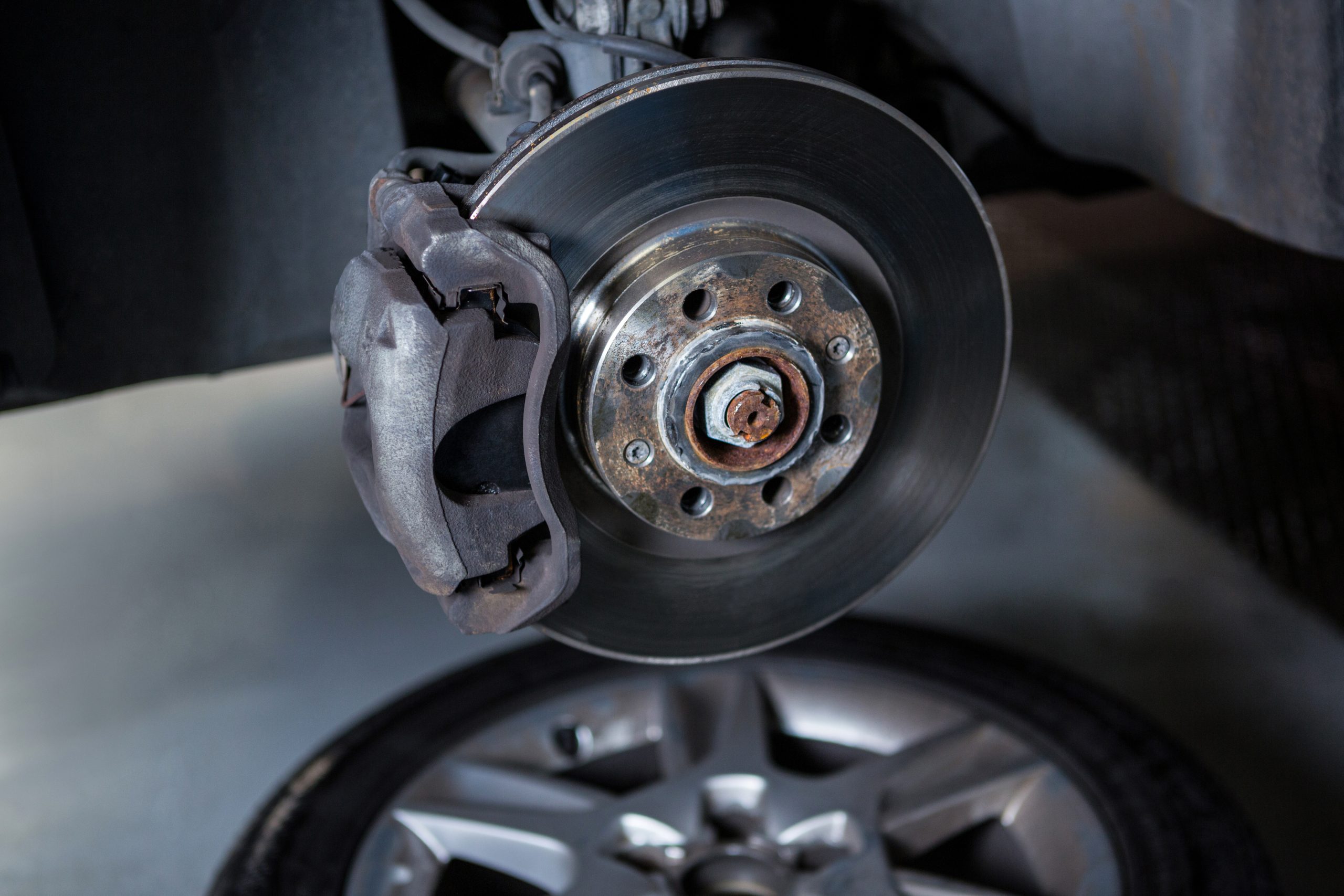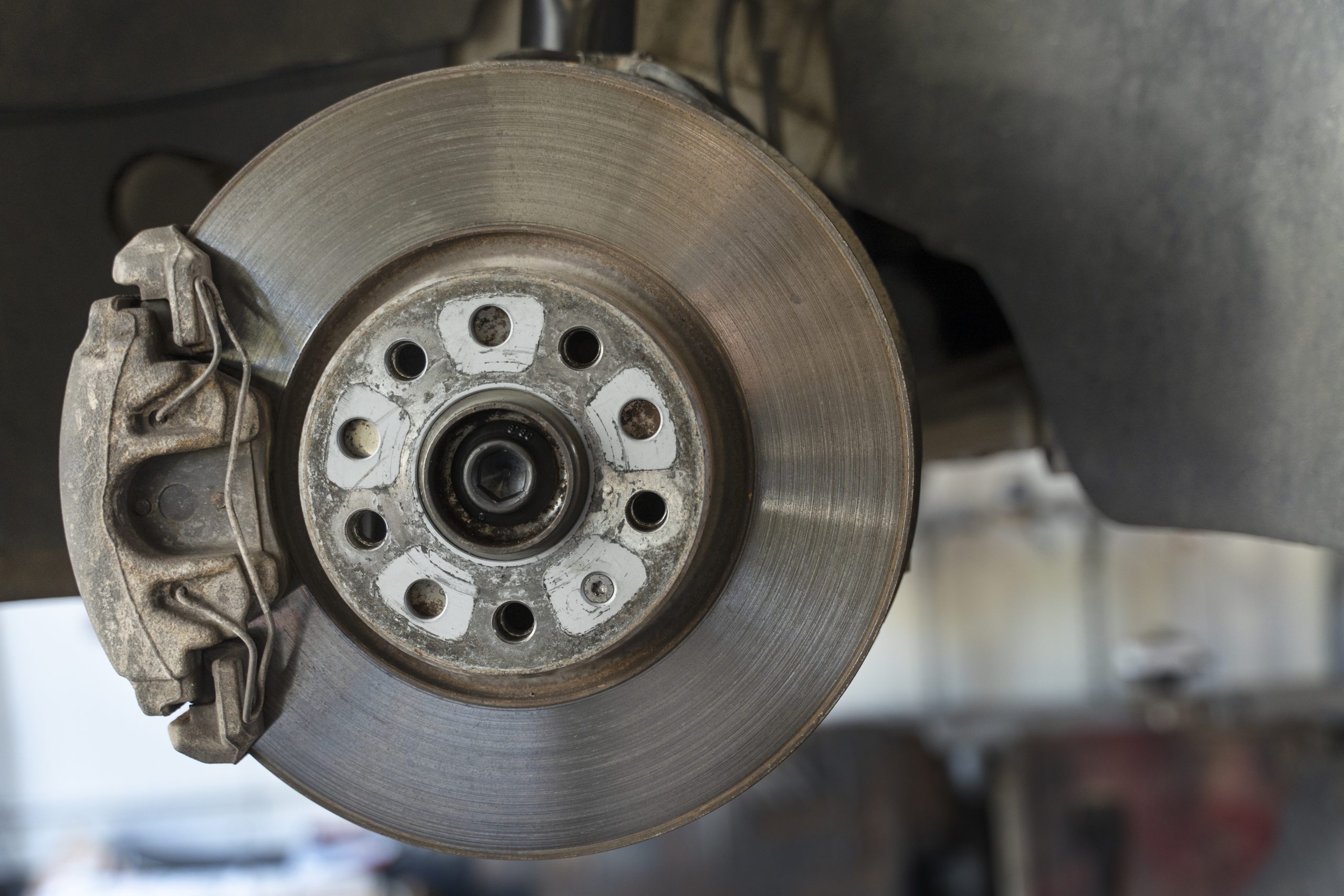
Every time you press the pedal, your brake system is working hard to bring your car safely to a stop. The problem is, most drivers don’t give their brakes much thought until something feels off. By the time you notice squealing, grinding, or slower stopping power, there’s a good chance you’re already looking at expensive repairs.
The smarter approach is to stay ahead of problems with regular brake inspections. They not only save you money but also give you peace of mind every time you’re on the road.
Let’s break down why brake inspections matter, what’s involved, and how they help prevent costly repairs in the long run.
Brake inspections are like health check-ups for your car. A trained technician can spot early warning signs before they become costly or dangerous.
Brake systems are made up of several components that all work together: brake pads, rotors, calipers, brake fluid, hoses, and master cylinders. If even one of these parts starts to wear out or fail, the entire system can be compromised. Regular inspections catch issues early, ensuring that a minor repair like replacing worn pads doesn’t spiral into major damage, such as warped rotors or failed calipers.
In short, consistent brake inspections help you stay safe, keep your car running smoothly, and avoid unexpected expenses.
Many drivers wonder what mechanics are actually looking for when they recommend a brake inspection. At Wallace Automotive, inspections are thorough yet straightforward. They are designed to give you a clear picture of your brake health.
A typical brake inspection involves:
These steps are relatively quick, yet they can make the difference between affordable maintenance and an expensive repair bill.
Skipping brake inspections may not seem like a big deal in the short term, but small issues add up fast. Here are a few examples of how delaying service can cost more in the long run:
Think of it this way: routine inspections are an investment in your vehicle. They protect you from sudden failures and help you avoid large, unexpected bills.
While saving money is important, the real reason to stay on top of brake inspections is safety. Faulty brakes lengthen your stopping distance, increasing the risk of an accident. Even if you’re a careful driver, you can’t predict when someone else might stop suddenly in front of you.
Having confidence that your brakes are in top shape makes every drive less stressful. You’ll know your car can stop when you need it to, whether you’re navigating Richmond’s busy streets, merging onto the highway, or driving in stop-and-go traffic.
There’s no one-size-fits-all answer, since driving habits and road conditions vary. However, most experts recommend having your brakes inspected at least once a year or every 12,000 miles.
If you drive frequently in city traffic, carry heavy loads, or encounter steep hills, your brakes will wear faster, and inspections may be needed more often. At Wallace Automotive, many customers choose to have their brakes checked during regular oil changes or tire rotations for added convenience.
Even with regular inspections, you should pay attention to how your brakes feel and sound. If you notice any of the following symptoms, it’s time to have your brakes checked right away:
Catching these issues early through a brake inspection can prevent them from turning into emergencies on the road.

Your car’s brakes deserve regular care. By making brake inspections part of your regular car maintenance schedule, you’ll protect your investment, avoid unnecessary costs, and most importantly, stay safe on the road.
Don’t wait until you hear grinding noises or feel your car pulling to one side. The best time to act is before problems arise.
At Wallace Automotive, we make it easy to stay on top of your brake health with expert inspections and repairs you can trust. Call today or stop by one of our convenient Richmond locations to schedule your brake inspection.
Comments are closed